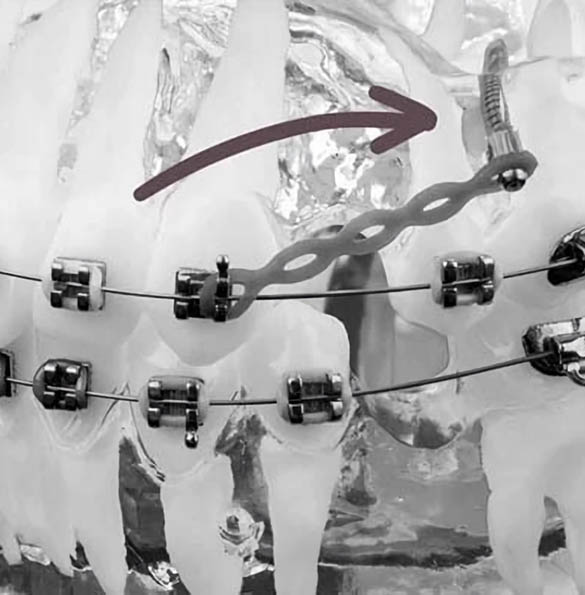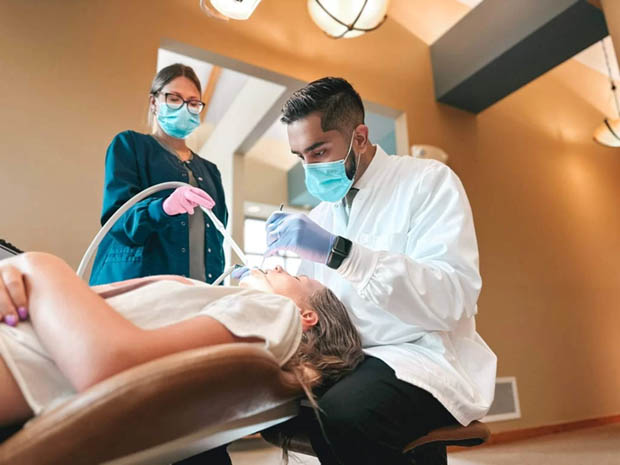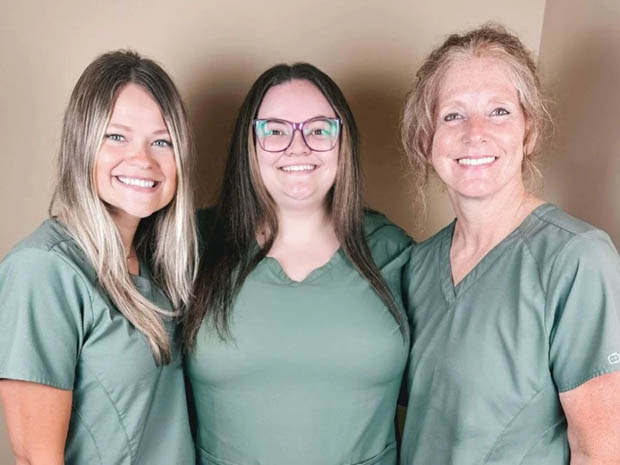TADs
What is a Temporary Anchorage Device?
TADs, which stands for Temporary Anchorage Devices, are small tools employed to establish temporary and stable anchorage points within your mouth. In the hands of Dr. Bains, these tools can be used to offer non-surgical alternatives for true surgical cases, avoiding the need for surgery in selected cases. Unlike traditional braces that rely on anchoring to your teeth, TADs are affixed to specific intentional points that can be strategically adjusted to address severe orthodontic problems. These anchoring devices are typically crafted from medical-grade titanium and are inserted into precise locations in the jawbone. Importantly, they can be easily removed once the treatment is complete.
The utilization of TADs empowers Dr. Bains with precision and control, enabling him to effectively address more complex orthodontic issues in a more efficient manner. TADs are commonly employed for patients dealing with significant bite problems, substantial gaps between teeth and for stabilizing teeth during intricate treatments. These anchorage devices grant Dr. Bains the ability to optimize treatment outcomes in a shorter timeframe while enhancing patient comfort. This, in turn, enables him to achieve remarkable transformations, profoundly impacting the lives of each patient.

Temporary Anchorage Device FAQs
At Bains Orthodontics, our foremost goal is to ensure that every patient possesses a smile they are genuinely confident about. We recognize that this treatment option may seem intimidating initially; however, this straightforward procedure can significantly transform your smile and oral health for the better.
To assist you in better comprehending Temporary Anchorage Devices (TADs) and their purpose, we’ve compiled a list of frequently asked questions (FAQs). We hope that these FAQs will address any initial concerns you may have. If you still have questions after reviewing them, please don’t hesitate to reach out to our office. We are here to provide you with the information and support you need.

How Do TADs Work?
TADs are strategically inserted into the jaw through a minimally invasive surgical procedure, serving as stable anchors for your braces or clear aligners. These anchors play a crucial role in assisting Dr. Bains in making highly precise adjustments to address intricate orthodontic problems.
Will I Experience Pain?
Although this innovative treatment option allows Dr. Bains to solve surgical cases non-surgically, immediately after the placement of your TADs, you may encounter some discomfort or soreness. However, this discomfort is typically temporary and can be managed effectively with over-the-counter pain relievers.


How Long Will I Have TADs?
Typically, patients are required to wear TADs for a minimum period of 9 to 12 months to facilitate precise and specific tooth movement. Nevertheless, the exact duration can vary depending on the severity of an individual’s orthodontic condition, their specific treatment plan and the progress achieved during the treatment.
Would you prefer an in-office consultation?
Click below to reach out to our team to schedule your no-obligation free in-office exam and smile assessment today!
The Bains Orthodontics Difference
1
Trusted
Our entire team at Bains Orthodontics consists of highly skilled experts in their field, each boasting several years of experience, dedicated to delivering top-tier care for your family.
2
Welcoming Environment
We take great pride in cultivating a warm and inviting atmosphere, ensuring that our patients feel valued and completely at ease throughout their entire treatment journey.
3
Cutting-Edge Technology
We are committed to continuous learning, constantly exploring new treatment methods and staying at the forefront of the latest orthodontic technology. This dedication allows us to offer our patients the best possible treatment experience.

